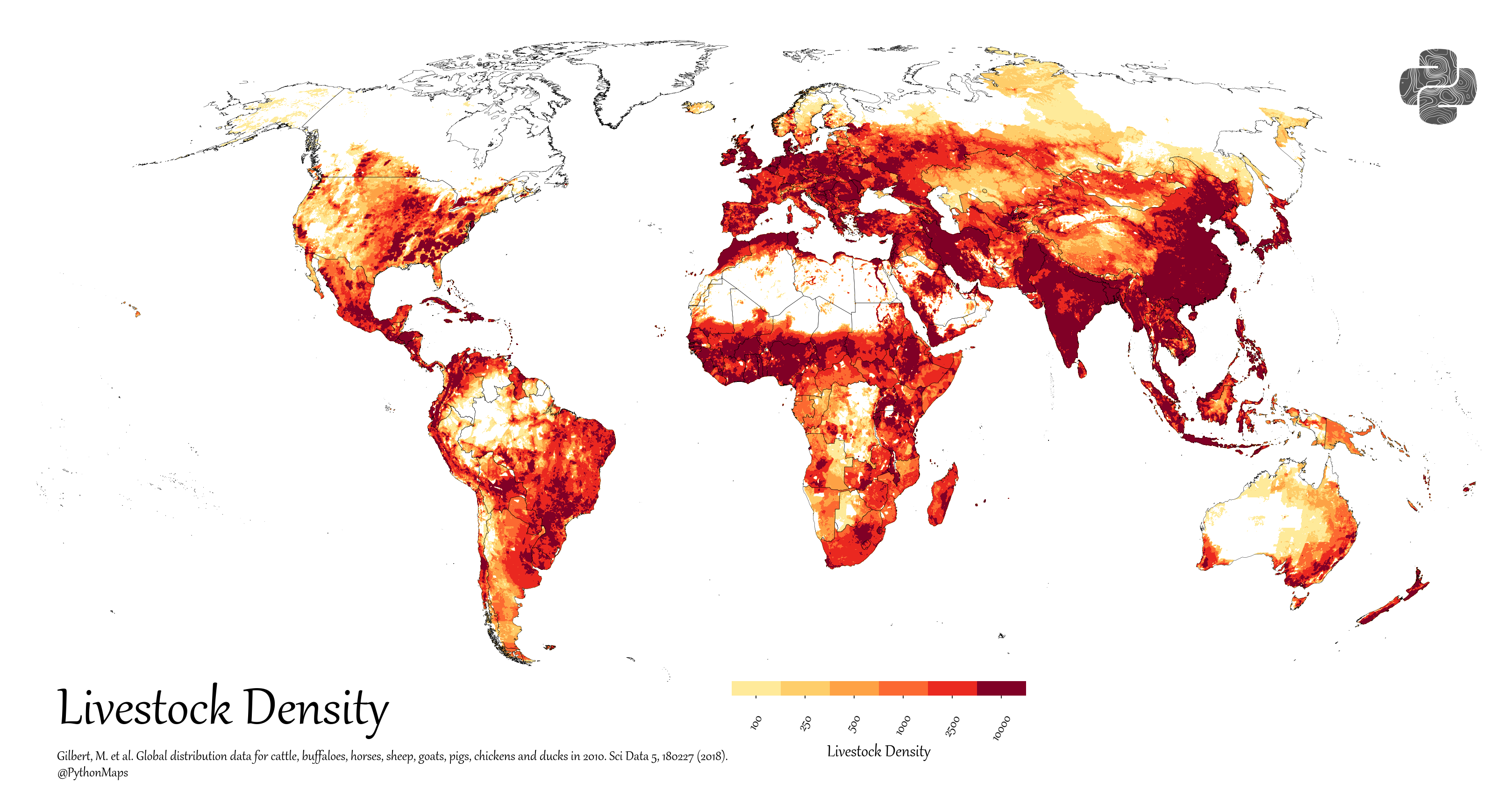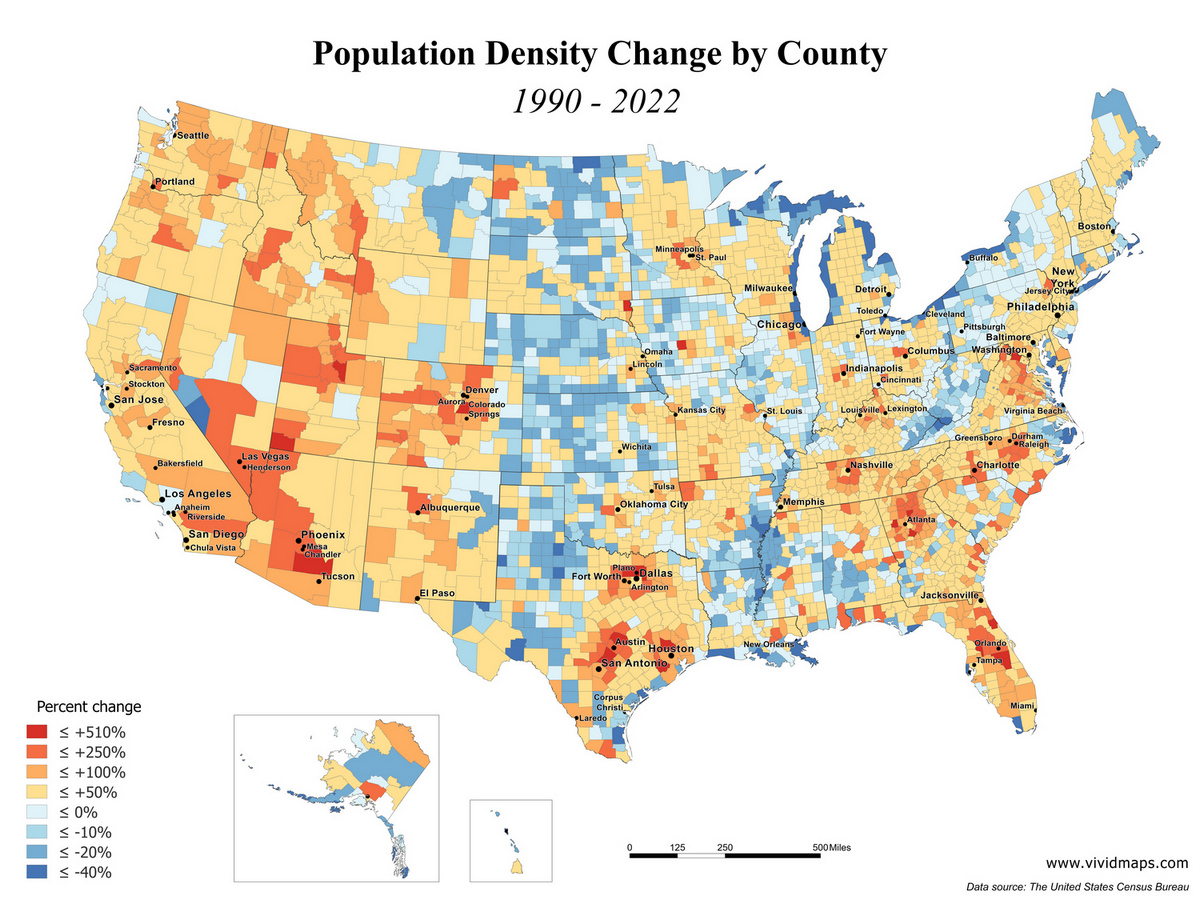Tracking African American Populations Across U.S. Counties: An Animated Map Series
The United States is home to a diverse mix of communities, each adding to the country’s cultural richness. In this post, we’re exploring how African American populations are spread across U.S. counties and how this has changed over time, using a series of animated maps.
We’ve created three different animated maps using U.S. Census Bureau data and ArcGIS software. These maps don’t just show current population spreads – they also track changes over the years, giving us a full picture of African American communities across the country.
Our first map gives a wide-angle view of the density of African American populations in U.S. counties. It moves through different levels, from counties with just 1% African American population up to those with 80% or more. This helps us spot areas with large African American communities and shows how unevenly populations can be spread across the nation.
The second map zeros in on counties where African Americans make up 10% or more of the population. It covers the years from 1990 to 2022, showing how these areas have changed over three decades. It’s interesting to see how African American communities have grown or shrunk in different regions, reflecting bigger trends in the economy and where people are moving.
Our last map focuses on counties where African Americans are the majority – making up 50% or more of the population. This animation also runs from 1990 to 2022, highlighting areas with the highest concentration of African American residents and how these have shifted over time.
These maps aren’t just nice to look at – they’re useful tools for understanding population trends, helping make policy decisions, and seeing how America’s racial makeup is always changing. By turning census numbers into pictures, we can better grasp the complex ways people are spread out across the country.
It’s worth noting that while these maps show big trends, they might miss some of the finer details of local communities. Things like city growth, job opportunities, and local history all play big roles in shaping these population patterns.
As we keep learning about the mix of people in our country, tools like these animated maps are really helpful. They teach us about our past and present and help us think about and plan for a future that includes and celebrates all of America’s diversity.
If you’re interested in exploring U.S. geography more, here are some detailed maps you can find on Amazon:
- National Geographic: United States Classic Wall Map
- Rand McNally Classic United States Wall Map
- USA Wall Map by Swift Maps
These maps can add to what you’ve learned from our animated visuals, giving you a full view of U.S. geography and population spread.








